Grouper vs Snapper: How to Tell Them Apart
For seafood enthusiasts and anglers alike, distinguishing between groupers and snappers can be surprisingly challenging despite their popularity on restaurant menus worldwide. Both fish belong to different families but share enough similarities in appearance to cause confusion when encountered on fishing trips or at the market.
Understanding the key differences between these prized catches enhances both fishing experiences and culinary appreciation. This comprehensive guide explores the distinctive characteristics, habitats, behaviors, and culinary profiles that set groupers and snappers apart, providing you with the knowledge to confidently identify these delicious saltwater species.
Taxonomic Classification of Grouper vs Snapper

Groupers and snappers may look similar at first glance, but they belong to entirely different taxonomic families.
Groupers are members of the Serranidae family, specifically within the subfamily Epinephelinae, which includes over 160 species of these typically large, robust fish. Snappers, on the other hand, belong to the Lutjanidae family, comprising approximately 100 species distributed throughout tropical and subtropical waters.
This fundamental classification difference is the foundation for many of the distinct characteristics each fish possesses. Despite being separate families, both groupers and snappers are classified within the larger order Perciformes, which might explain some of their shared physical traits that often lead to identification confusion.
Body Shape and Size Differences

uOne of the most noticeable differences between groupers and snappers is their overall body shape and typical size range. Groupers generally have stockier, more robust bodies with large, broad heads and powerful jaws designed for ambush predation. Many grouper species can grow quite large, with some varieties like the Goliath grouper reaching massive sizes exceeding 800 pounds. Snappers, by comparison, typically have more streamlined, laterally compressed bodies that appear more proportional and less bulky than groupers.
While snappers can still grow to impressive sizes, with some species reaching up to 40 pounds, they rarely achieve the enormous proportions of their grouper counterparts. This size difference becomes particularly evident when comparing mature specimens of both fish types side by side.
Mouth and Jaw Structure of Grouper vs Snapper
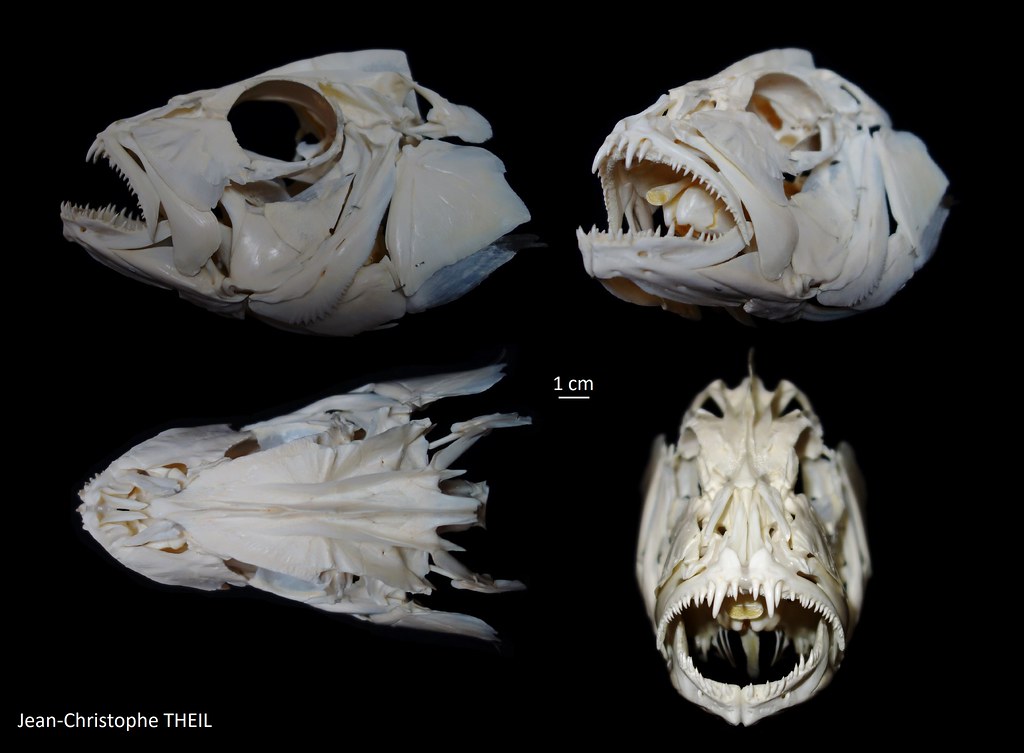
The mouth and jaw configuration provides one of the clearest distinctions between groupers and snappers.
Groupers possess notably large mouths with substantial protruding lower jaws that extend beyond their upper jaw, creating an underbite appearance. This mouth structure enables them to create powerful suction for engulfing prey whole. Snappers, true to their name, have a more distinctive pointed snout with jaws of approximately equal length, often featuring prominent canine-like teeth that are clearly visible even when their mouth is closed. These sharp teeth give snappers excellent biting and tearing abilities, reflecting their feeding strategy.
The jaw structure difference becomes particularly apparent when viewing the fish from a profile angle, making it one of the most reliable identification features.
Dorsal Fin Configuration
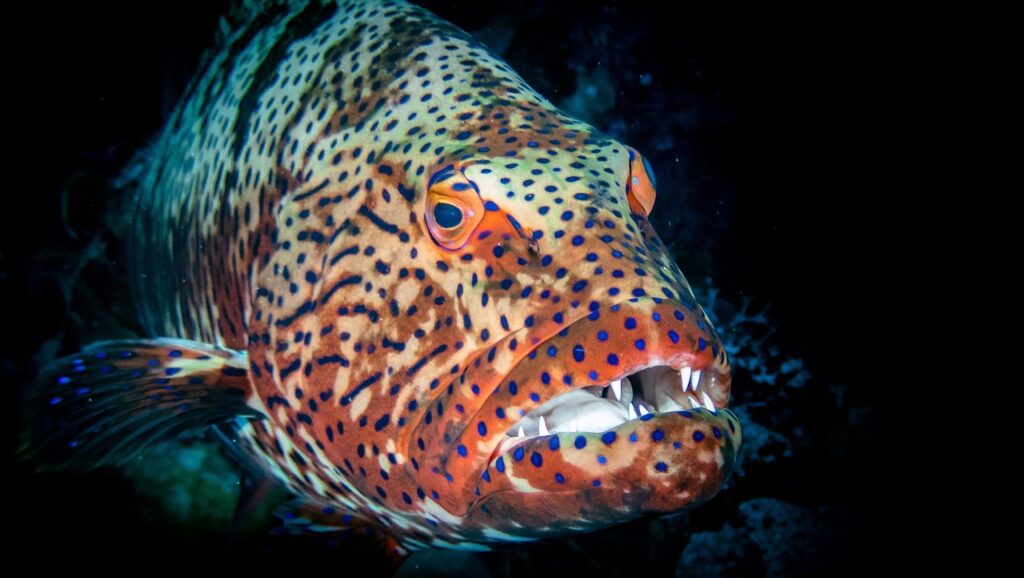
The dorsal fin arrangement offers another helpful way to distinguish between these two fish types. Groupers typically have a continuous dorsal fin that runs along much of their back, with the spiny portion seamlessly transitioning into the soft-rayed section, creating what appears to be a single, uninterrupted fin. This continuous dorsal fin typically has a more rounded appearance, particularly toward the posterior end.
Snappers, conversely, feature a more clearly defined separation between the spiny anterior portion and the soft-rayed posterior section of their dorsal fin, often appearing as almost two distinct fins with a visible notch between them. This difference in dorsal fin structure relates to their different swimming styles and predatory behaviors, with the grouper’s fin configuration supporting more powerful but less agile movements compared to the snapper’s more versatile swimming capabilities.
Tail Fin Shape and Structure of Grouper vs Snapper
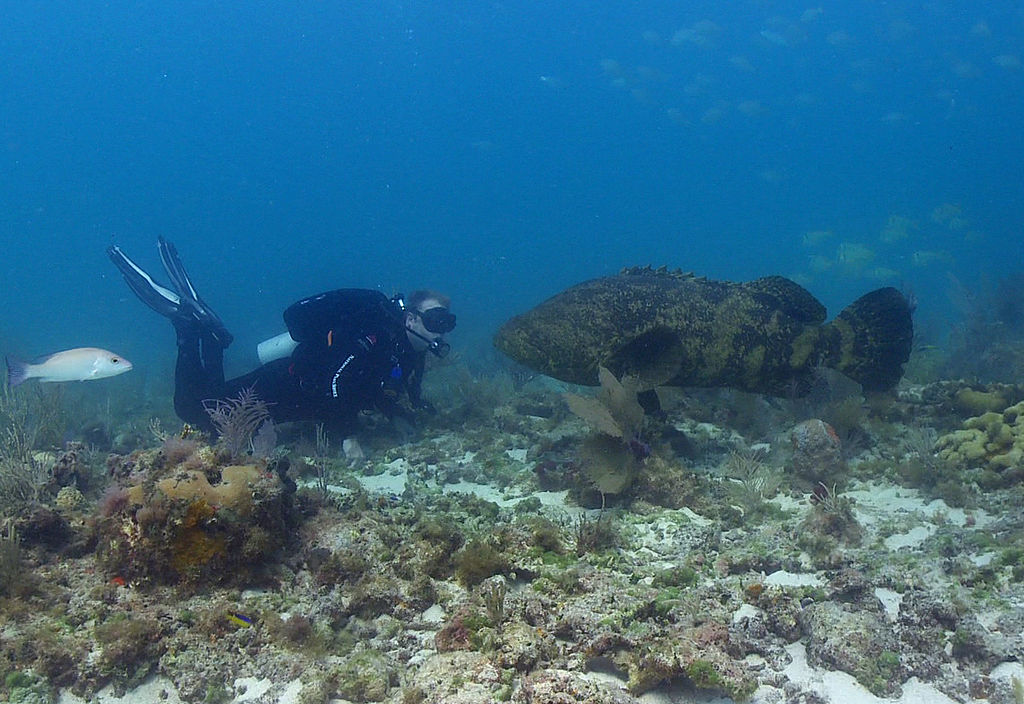
The caudal (tail) fin shape provides another reliable method for distinguishing between groupers and snappers. Most grouper species have rounded, fan-shaped tail fins that complement their powerful, burst-swimming hunting style. This rounded tail configuration helps groupers generate the quick acceleration needed for ambush attacks but sacrifices some maneuverability.
Snappers, by contrast, typically possess more forked or lunate (crescent-shaped) tail fins, especially in pelagic species, which enables greater swimming efficiency and sustained speed in open water. These differently shaped tails reflect each fish’s evolutionary adaptations to their preferred hunting strategies and habitats. The tail fin difference becomes particularly apparent when the fish is swimming, with the snapper’s tail creating a more pronounced wake pattern compared to the grouper’s broader push.
Distinctive Color Patterns

While coloration can vary significantly within species and change based on age, environment, and breeding status, certain color pattern tendencies can help differentiate groupers from snappers. Groupers often display mottled, blotchy, or barred patterns in earth tones—browns, greens, grays, and tans—that provide excellent camouflage in their reef environments. Many grouper species can also rapidly change their coloration patterns to match their surroundings, an adaptation that aids their ambush hunting strategy.
Snappers typically exhibit more uniform, solid coloration, often featuring bright reds, yellows, or silvers with distinctive horizontal stripes or spots. The vibrant red snapper, with its characteristic reddish-pink to deep red coloration, represents one of the most recognizable members of its family. These color differences, while not absolute, can provide helpful visual cues when attempting to identify these fish species.
Eye Size and Placement of Grouper vs Snapper
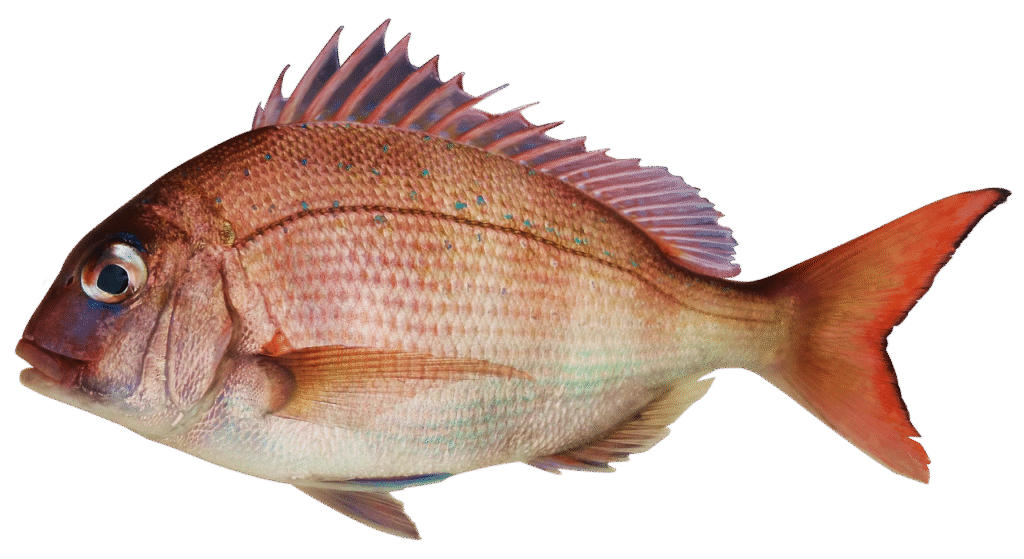
The eyes offer another subtle but helpful identification feature when distinguishing between groupers and snappers. Groupers typically have relatively small eyes in proportion to their large heads, positioned higher on their skull to facilitate their bottom-dwelling, ambush predator lifestyle. This eye placement gives groupers excellent upward visibility while remaining partially concealed. Snappers generally possess larger, more prominent eyes set more centrally on their face, providing better all-around vision for their more active hunting style in the water column.
The proportional difference in eye size becomes particularly noticeable when comparing fish of similar overall size. Additionally, the iris coloration often differs, with many grouper species featuring reddish or copper-colored eyes compared to the typically darker eyes of snappers.
Habitat Preferences and Behavior of Grouper vs Snapper

Understanding the preferred habitats and typical behaviors of groupers and snappers can provide context clues for identification. Groupers are predominantly structure-oriented, bottom-dwelling fish. They prefer to associate closely with reefs, wrecks, rocks, and other underwater structures where they can ambush prey. They often maintain territorial behaviors and may occupy the same cave or ledge for extended periods.
Snappers, while also structure-associated, tend to be more active swimmers that frequently school in the mid-water column, especially as juveniles. Many snapper species undergo daily migrations between daytime resting areas near structures and nighttime feeding grounds in open water or sandy areas. These behavioral differences reflect their distinct evolutionary adaptations and feeding strategies, with groupers evolved primarily as ambush predators and snappers as more versatile hunters.
Feeding Behaviors and Prey Preferences
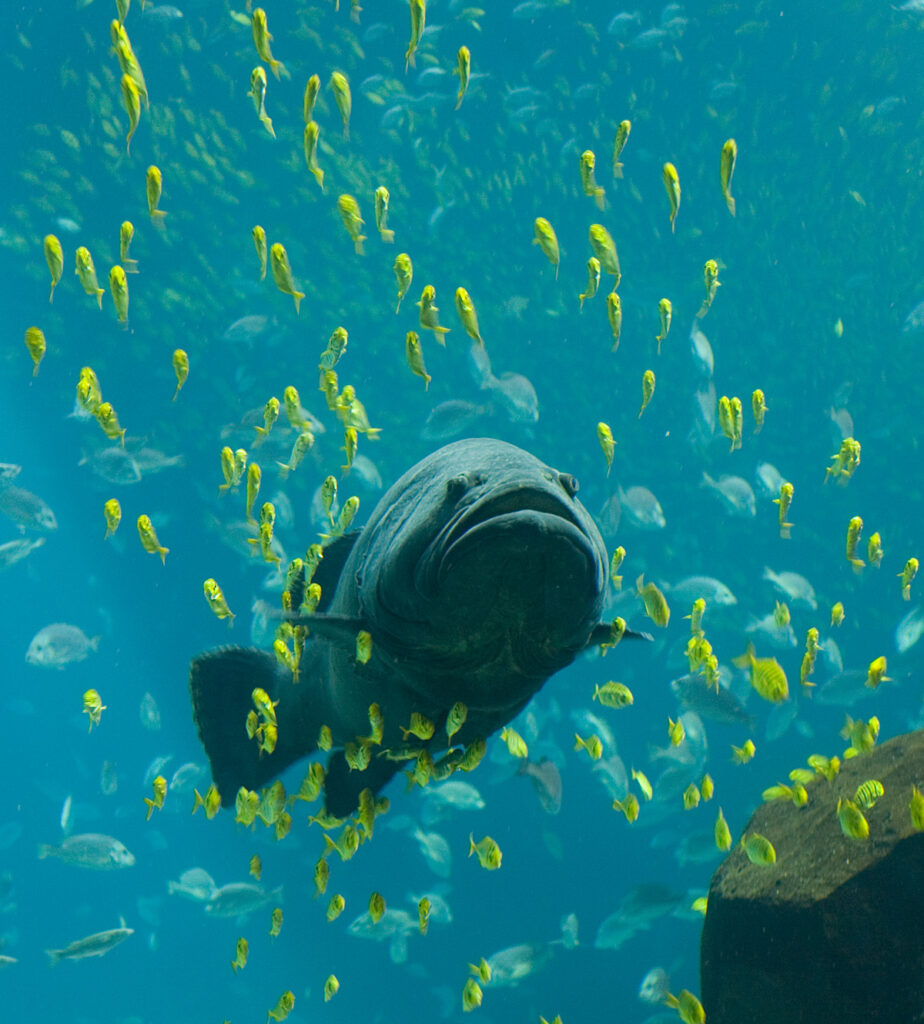
The feeding strategies employed by groupers and snappers further highlight their differences. Groupers are quintessential ambush predators, often remaining motionless near structure before explosively inhaling prey with their powerful suction-generating mouths. Their diet typically consists of larger prey items, including substantial fish, crustaceans, and occasionally even small sharks or rays for larger grouper species.
Snappers employ a more varied hunting approach, actively pursuing prey through the water column, often hunting in groups when younger. Their sharper teeth allow them to grasp and tear smaller prey items, with their diet typically including smaller fish, crustaceans, and occasionally plankton for some species. These distinct feeding strategies influence their mouth structure, body shape, and swimming capabilities, all of which contribute to their different appearances.
Scale Patterns and Texture of Grouper vs Snapper
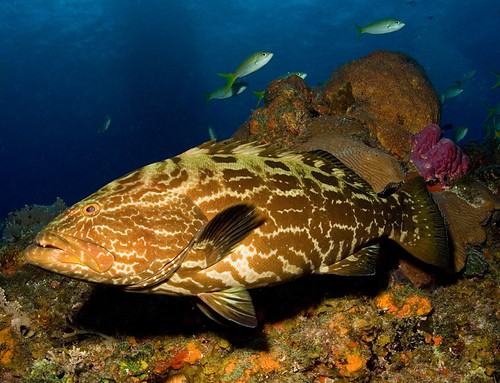
Close examination of the scales can provide another method for distinguishing between these fish types. Groupers typically have relatively small scales that give their skin a smoother appearance and feel, contributing to their sleeker movement through water despite their bulky bodies. The scale pattern on groupers often creates a less reflective surface that enhances their camouflage capabilities.
Snappers generally possess larger, more defined scales that create a more textured appearance, especially along their lateral line. These scales often have a more reflective quality, particularly in species that inhabit clearer, shallower waters where this reflectivity might serve to confuse predators or prey.
The difference in scale size and arrangement becomes particularly noticeable when handling the fish, with snappers feeling distinctly rougher to the touch compared to the smoother skin of groupers.
Gill Cover (Operculum) Features of Grouper vs Snapper
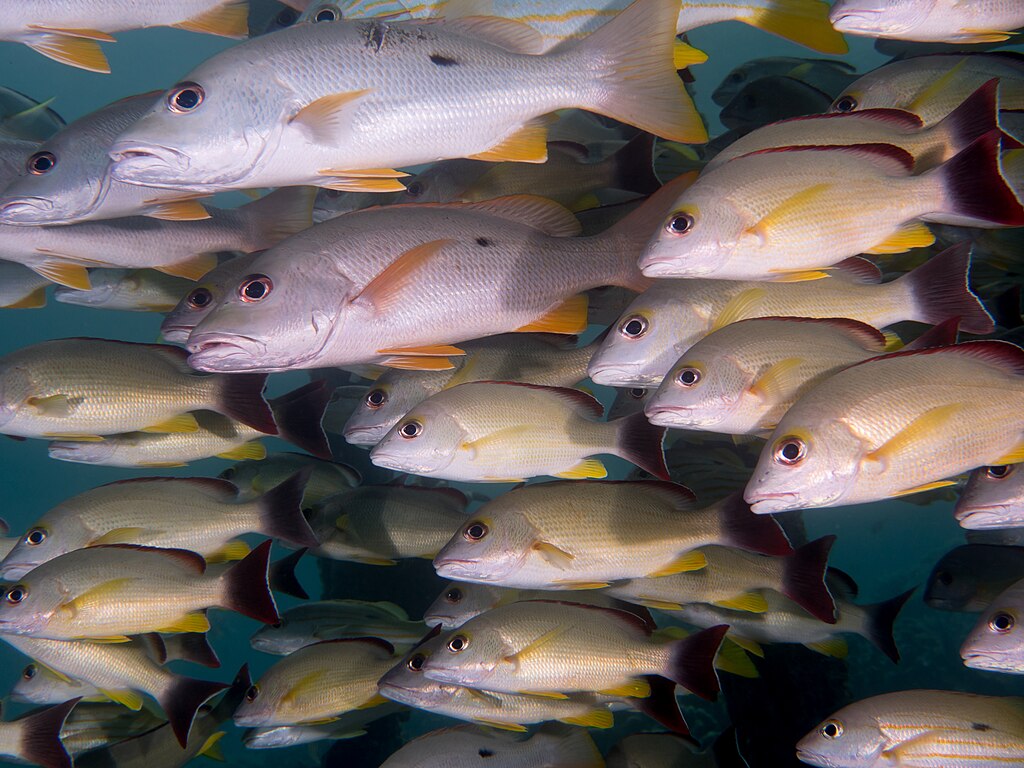
The gill cover or operculum provides another anatomical feature that helps distinguish groupers from snappers. Groupers typically have a more rounded, smooth-edged gill cover that lacks prominent spines or serrations along its margin. The preopercle (the forward portion of the gill cover) in groupers is generally rounded and smooth-edged as well.
Snappers display a more angular gill cover with a distinctly serrated preopercle that features small spines or rough edges, which you can feel when you run a finger along its margin. This serrated edge on snappers serves as a defensive adaptation against predators. Additionally, the overall operculum shape tends to be more triangular in snappers when you compare them to the more rounded shape in groupers. This reflects differences in their gill chamber structure and respiratory requirements.
Culinary Differences and Flesh Quality

From a culinary perspective, groupers and snappers offer distinctly different dining experiences that can help consumers identify them at markets or restaurants. Grouper meat typically has a milder, sweeter flavor profile with large, moist flakes and a firmer texture that holds together well during cooking. The flesh tends to be white with a slight pink tint, becoming pure white when cooked.
Snapper, particularly red snapper, provides a more distinctive flavor that many describe as nutty and sweet with a leaner, more delicate texture and smaller flakes that separate easily. Snapper flesh often has a pinkish tint to it before cooking, which turns pearly white afterward.
These taste and texture differences stem from their different muscle structures, diets, and habitats, making them suitable for different culinary applications despite chefs prize both of them highly worldwide.
Distinguishing Similar-Looking Species
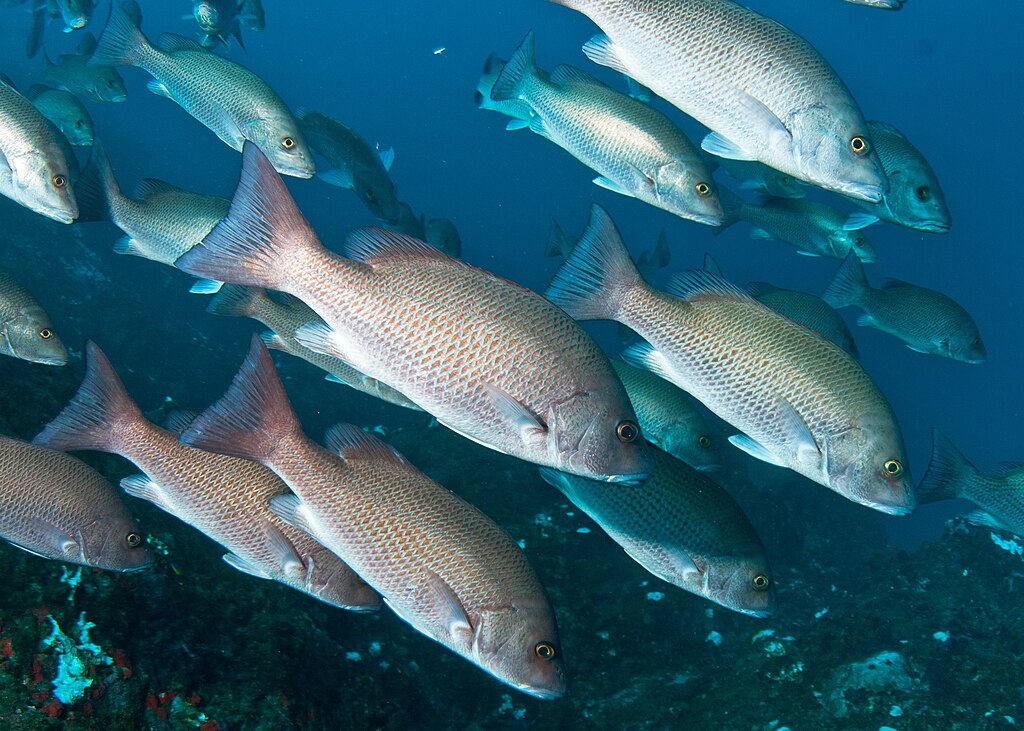
Even within the grouper and snapper families, certain species can cause particular identification confusion due to their similar appearances. One can often confuse the red grouper with the red snapper due to their shared reddish coloration. However, the grouper’s more mottled pattern, larger mouth, and rounded tail distinguish it from the more uniformly colored snapper with its forked tail. Similarly, you can mistake the gag grouper with its more elongated body for particular snapper species, though its characteristic mouth structure and continuous dorsal fin reveal its true identity.
Among snappers, people often confuse the mangrove snapper (also known as the gray snapper) with smaller grouper species due to its more mottled appearance; however, its distinctive pointed snout and canine teeth identify it as a snapper. Learning these specific comparisons between commonly confused species can significantly improve identification accuracy when encountering these fish.
Conservation Status and Fishing Regulations

Understanding the conservation status and fishing regulations for groupers and snappers is essential for responsible angling and consumption. Many grouper species, particularly larger varieties like the goliath grouper and Nassau grouper, have experienced significant population declines due to their slow growth, late maturity, and vulnerability to overfishing. Consequently, these species often have stricter harvest regulations or are completely protected in many regions.
Snappers, while generally more abundant and faster-growing than large groupers, also face fishing pressure, with species like red snapper subject to careful management in waters like the Gulf of Mexico. Different size limits, bag limits, and seasonal closures typically apply to various grouper and snapper species, making proper identification crucial for legal compliance.
These regulations continue to evolve based on population assessments, emphasizing the importance of staying informed about current fishing rules in your specific region.
Conclusion
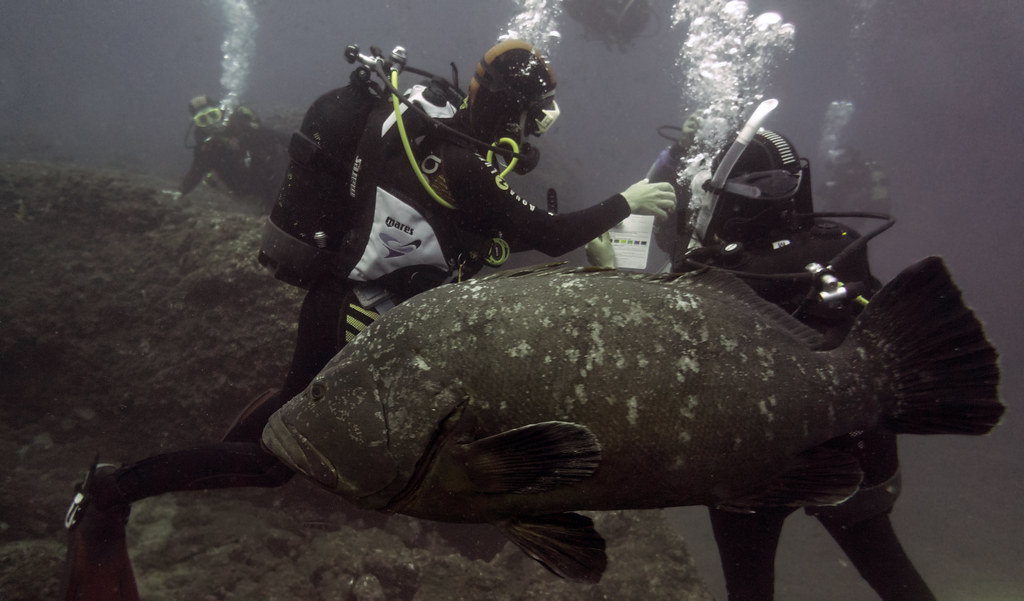
Whether you’re an angler seeking to identify your catch, a seafood consumer wanting to make informed purchases, or simply a marine enthusiast, understanding the differences between groupers and snappers enhances your appreciation of these remarkable fish. From their taxonomic classifications to their distinctive physical features, behaviors, and culinary profiles, these two fish families showcase fascinating evolutionary adaptations to their marine environments.
While some similarities may initially cause confusion, the key differences in mouth structure, body shape, fin configuration, and coloration patterns provide reliable identification markers. By developing your eye for these distinguishing characteristics, you’ll confidently tell groupers and snappers apart, enriching both your fishing experiences and your culinary adventures with these prized saltwater species.














Post Comment